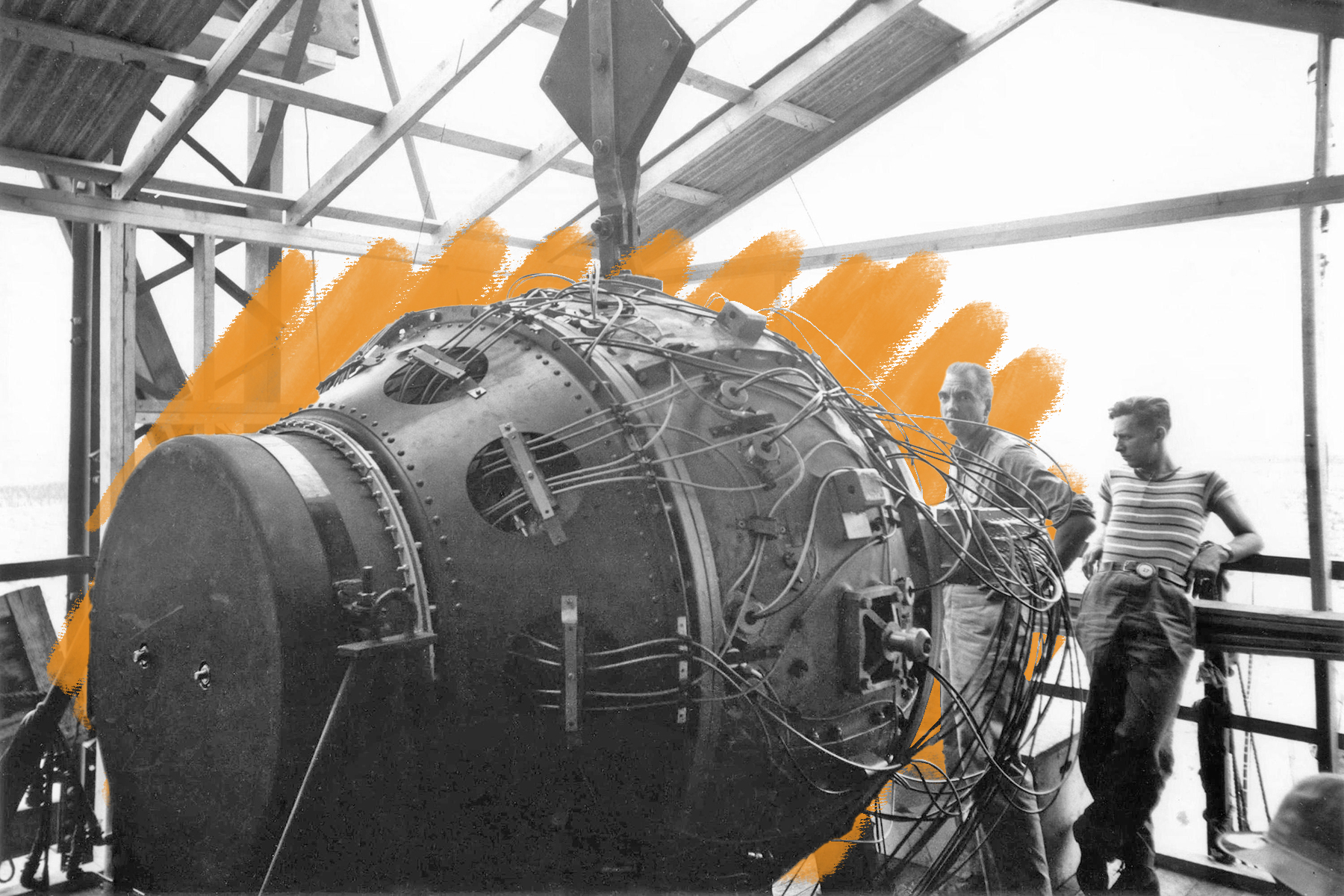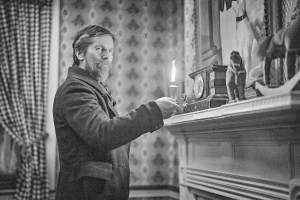Kodak accidentally discovered the U.S. was testing the atom bomb.
When the United States government detonated the first atomic bomb, nicknamed Gadget, near Los Alamos, New Mexico, on July 16, 1945, they did it in secret — or as secretly as you can test something that creates an explosion reaching 40,000 feet into the air. It was known as the Trinity Test, but as far as the public knew, an Air Force weapons stash had accidentally exploded. Soon after, Kodak started getting complaints that its X-ray film was unusable, due to mysterious exposed black spots, called “fogging,” and one research scientist’s quest to find the source of the problem led him to make a startling discovery.
Kodak had already taken great pains to protect its highly sensitive X-ray film from radioactivity. During the 1940s, packaging cardboard was often sourced from wartime plants that also handled radium. To avoid that, Kodak had its packaging produced in mills where it had full control of the raw materials. So after carefully testing the fogged film, Kodak researcher Julian H. Webb was surprised to find that the packaging was to blame. He traced the contamination to a strawboard mill along the Wabash River in Indiana and isolated the issue to a batch produced on August 6, 1945, concluding that the damage wasn’t from radium, but from an unknown radioactive material. He soon got word that another mill in Tama, Iowa, about 350 miles away, had similar contamination. After ruling out the straw used to make the packaging, he concluded that the wind had blown in contaminated precipitation from somewhere else.
By the time Webb realized this, the U.S. had already dropped two nuclear bombs on Hiroshima and Nagasaki, Japan. But after carefully analyzing the material, Webb determined that the radiation must have come from a detonation within the United States. It’s not clear when exactly he concluded that it was a direct result of the Trinity Test, but he was communicating with the lab at Los Alamos by 1947. (The general public learned that the Trinity Test occurred after the bombings of Hiroshima and Nagasaki in August 1945.) When Webb published his report in 1949, he made the connection clear: “The most likely explanation of the source of this radioactive contaminant appears to be that it consisted of wind-borne radioactive fission products derived from the atom-bomb detonation in New Mexico on July 16, 1945.”
You may also like
Recommendations For You
-
01.
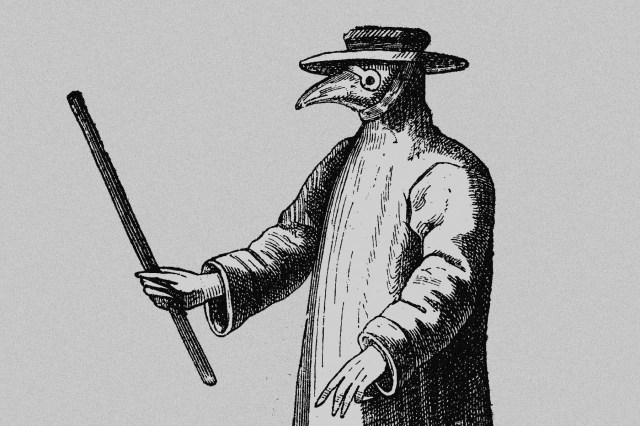 Science & Industry
Science & IndustryWhy Did Doctors Wear Beak Masks During the Bubonic Plague?
-
02.
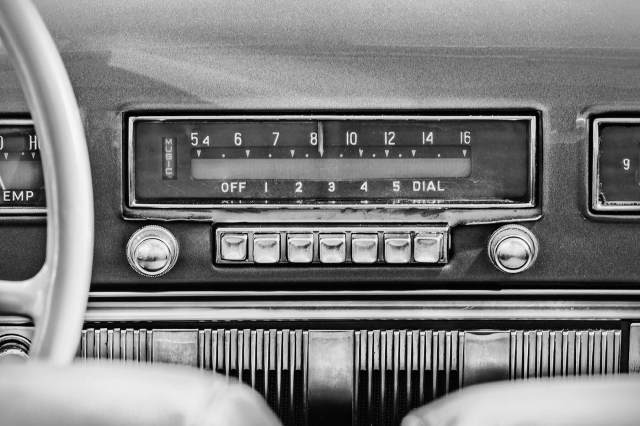 Science & Industry
Science & Industry5 Inventions That Came Out of the Great Depression
-
03.
 Science & Industry
Science & Industry6 Amazing Breakthroughs Made by the Ancient Greeks
-
04.
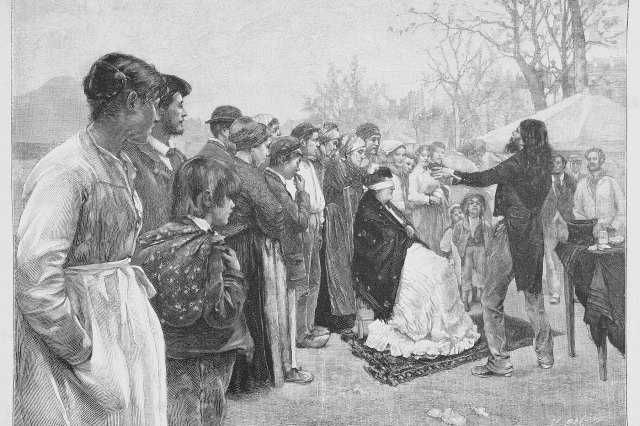 Science & Industry
Science & Industry6 Shocking “Scientific” Beliefs From Victorian England





